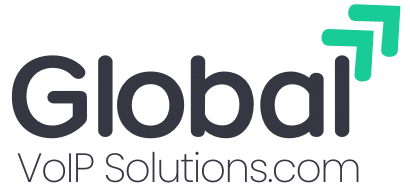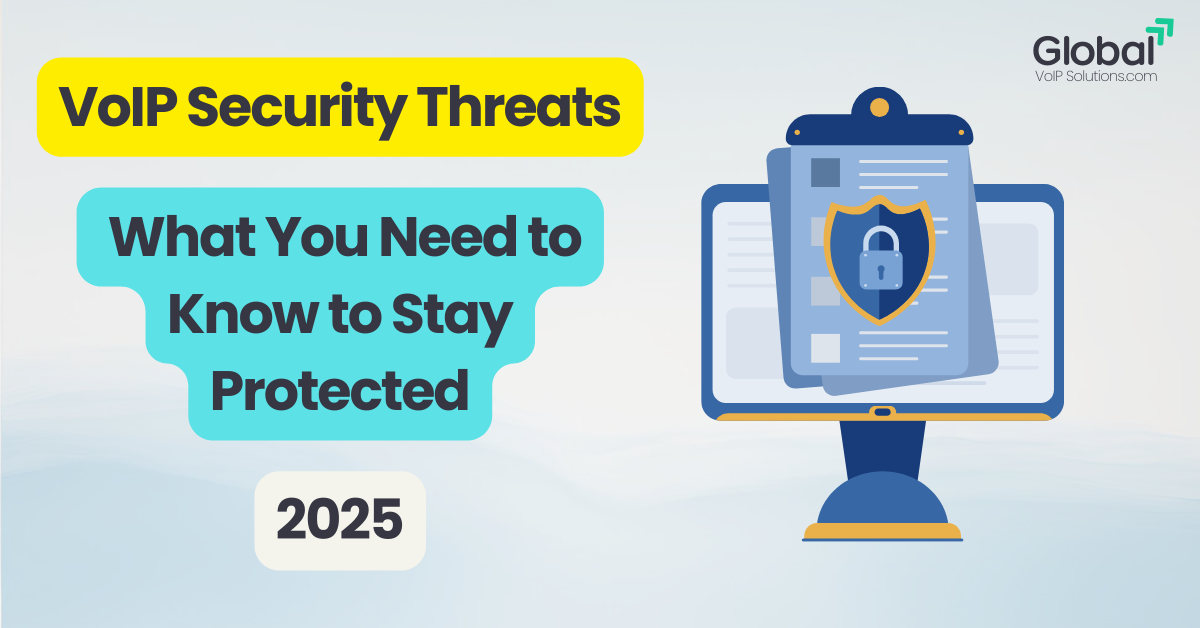1. Introduction
Imagine starting a critical business call only to find it mysteriously disconnected—or worse, overheard by someone who shouldn’t be listening. In 2025, VoIP technology powers communication for millions of businesses worldwide, but with its growing adoption comes a rising wave of sophisticated cyber threats. Are you truly prepared for what lies ahead?
This blog will walk you through the most dangerous VoIP security threats lurking in 2025 and how they can compromise your business. But don’t worry—there’s still time to protect yourself. Read on to discover what these threats are and the essential steps you can take to keep your communication safe.What are the top VoIP security threats in 2025? How can you protect your business from falling prey to these risks? Let’s explore key vulnerabilities and the strategies to safeguard your systems.
Why VoIP Security Matters in 2025
The rise of VoIP adoption across industries has made it a prime target for hackers. Here’s why securing your VoIP systems is crucial:
Increased reliance on VoIP for business communication heightens exposure to threats. Cyberattacks targeting VoIP systems have become increasingly sophisticated and frequent. Protecting sensitive information and ensuring uninterrupted service are critical for business success. In 2025, businesses must adopt proactive security VoIP solutions to counteract these growing challenges effectively.
Top VoIP Security Threats in 2025
1. Eavesdropping and Call Interception
Unauthorized access to voice data remains one of the most significant VoIP vulnerabilities. Cybercriminals use packet-sniffing tools to intercept calls, leading to data breaches and compromised confidentiality.
Real-World Impact: Imagine a competitor intercepting a call about a sensitive merger. Such a breach could cost a business millions of dollars in losses and competitive disadvantage.
How to Protect Against Eavesdropping
Use an encrypted VoIP provider offering end-to-end encryption.
Implement VoIP encryption methods like Secure Real-Time Transport Protocol (SRTP) and Transport Layer Security (TLS).
2. VoIP Phishing and Vishing (Voice Phishing)
Phishing has evolved beyond emails to exploit VoIP systems, creating a dangerous method known as vishing (voice phishing). Attackers pose as trusted entities to extract sensitive information from unsuspecting users.
VoIP Tips to Recognize and Avoid Phishing
Be wary of unsolicited calls asking for confidential data.
Train employees to verify caller identity and recognize common phishing tactics.
3. DDoS (Distributed Denial of Service) Attacks
A DDoS attack floods a VoIP network with excessive traffic, rendering services inoperable.
Impact on Businesses: Operational disruptions from DDoS attacks can halt customer support, sales, and internal communication, leading to financial and reputational damage.
Defense Strategies
Deploy firewalls and intrusion detection systems (IDS) to filter malicious traffic.
Choose a VoIP providers with built-in DDoS mitigation services.
4. Toll Fraud and Service Theft
Toll fraud involves hackers making unauthorized international or premium-rate calls using a company’s VoIP lines.
Preventive Measures Set restrictions on international and premium-rate calls.Monitor call logs regularly for unusual patterns.
5. Malware and Ransomware Targeting VoIP Systems
Hackers may use malware to infiltrate VoIP endpoints or deploy ransomware to lock critical communication systems until a ransom is paid.
Protection Tips
Update all software and firmware regularly.
Use robust antivirus and anti-malware solutions to protect endpoints.
Key Strategies to Protect Against VoIP Security Threats
1. Implement End-to-End Encryption
Encryption converts voice data into unreadable code to prevent interception.
Best Practices
Choose an encrypted VoIP provider with advanced encryption protocols.
Utilize Secure Real-Time Transport Protocol (SRTP) and TLS for maximum security.
2. Use Strong Authentication and Access Controls
Limiting access to authorized users and verifying identities prevents unauthorized access.
Steps to Enhance Security
Implement multi-factor authentication (MFA) for all users.
Restrict administrative privileges to minimize insider threats.
3. Regular Software Updates and Patching
Outdated software exposes your system to vulnerabilities.
Actionable Tips
Enable automatic updates for VoIP software and devices.
Partner with a provider that regularly releases security patches.
4. Set Up Firewalls and Intrusion Detection Systems
Firewalls block unauthorized access, while IDS monitors for suspicious activity.
Configuration Tips
Use network-level firewalls to analyze inbound and outbound traffic.
Deploy IDS to identify potential threats in real time.
5. Train Employees on VoIP Security Best Practices
Human error is a major cause of security breaches.
Training Recommendations
Conduct regular security awareness programs.
Teach staff to create strong passwords and avoid phishing traps.
Choosing a Secure VoIP Provider in 2025
Partnering with a trusted provider is essential for robust VoIP security.
Features to Look For
End-to-end encryption for call and data protection.
24/7 monitoring and advanced threat detection.
Compliance with industry standards like PCI DSS and GDPR.
Conclusion
The evolving landscape of VoIP security threats requires continuous vigilance. From call interception to malware attacks, understanding these risks and implementing VoIP security best practices is key to protecting your business. Choosing an encrypted VoIP provider with comprehensive security features will fortify your communication systems against cyber threats.
Don’t wait until a breach happens—strengthen your VoIP security strategy today.


